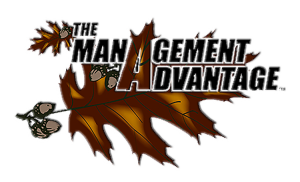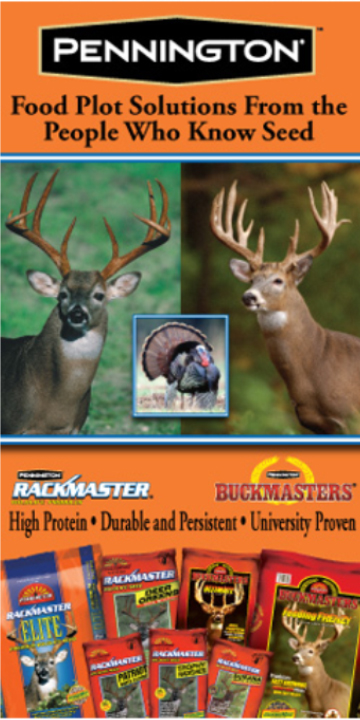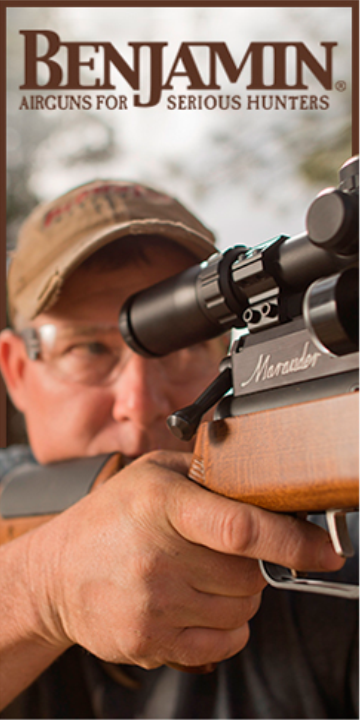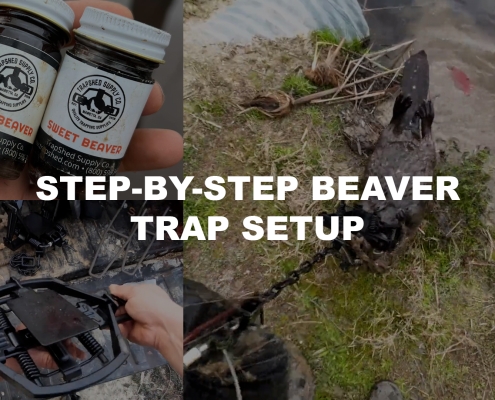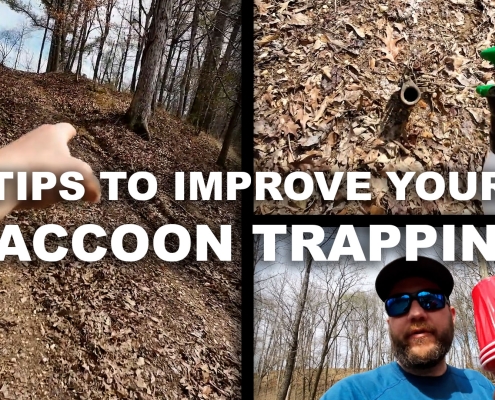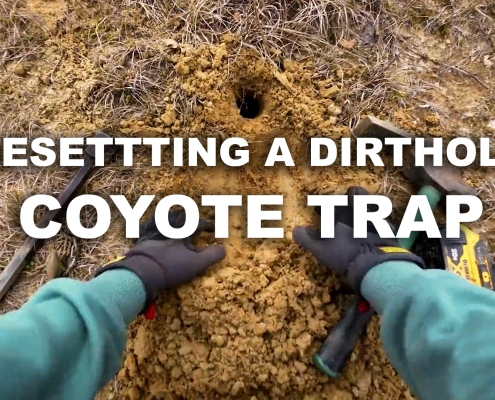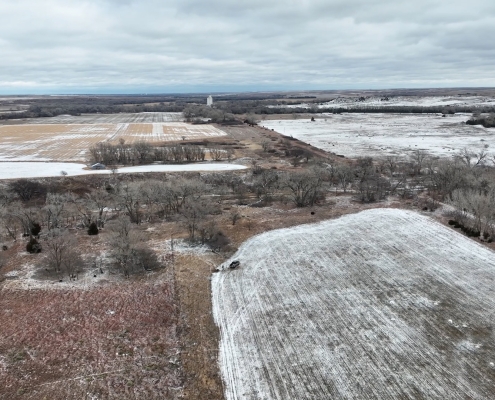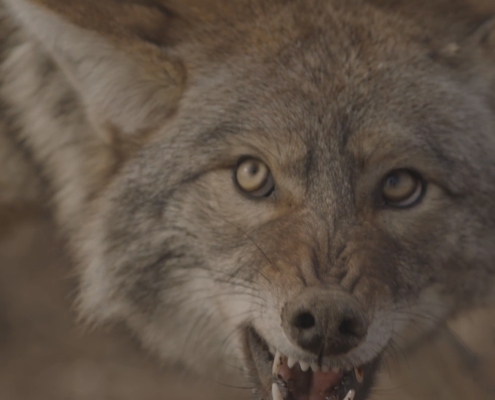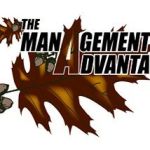Summer Coyote Trapping
Predator control is an integral part of managing your deer herd. Most land managers concentrate their trapping efforts through the winter months. The summer months are often looked upon as unproductive for trapping coyotes, but where legal, the summer months offer a great opportunity for successful trapping that is very beneficial to your deer herd.
This time of year, does have dropped their fawns and they’re spending time in open areas and food plots. Coyotes, being the advantageous predators that they are, know to spend time in these areas to target young fawns. To avoid over exertion in the heat, coyotes will lay in cover near food plots and logging roads in wait for whitetails. These areas are the locations trappers need to concentrate on during the summer months. By spending time walking or driving, you can locate tracks that are sure signs of a nearby coyote.
Most of the trapping techniques used during the winter months apply during the summer, but by changing locations and baits you can increase your odds of a successful trapping set. Instead of a meat based bait that is preserved, use a bait/lure that is fresh. Casey typically uses Proline Road Runner because it will last longer when applied to the dirt holes of his sets. Rather than having to freshen a trapping set up every 2-3 days, he can leave it be for a few days longer.
The summer months only offer an opportunity for coyote trapping which helps with fawn recruitment, but doesn’t solve the problem of non-target animals stealing and contaminating supplemental feed for your deer. The way to solve this issue is to utilize a feeder that is hog and coon proof. The feeders designed and sold by Steel Outdoors are constructed in this way. The legs are in the middle of the feeder to eliminate coons from being able to climb and have access to the feed spout. For larger more nimble racoons, a baffle or hinge is on the exterior of the spout to keep them from reaching around or jumping up. The height of the feeder also discourages hogs from eating and contaminating the feed as they do in trough style feeders. This design gives deer access to 100% of the supplemental feed of your choosing by eliminating competition from non-target animals and contamination.
